Knitwear items are distinguished by their convenience and practicality, but many novice craftswomen are afraid to sew from this material. Experts believe that it is better to use a coverstitch machine or an overlock for stitching knitwear items. However, knowing the intricacies of working with knitwear, you can easily make a beautiful thing on a simple machine. In this article, we will tell you how to sew knitwear on a regular sewing machine.
- Needles for sewing knitted fabrics
- How many needles are installed on knitting machines
- How to sew knitwear on a regular sewing machine: correct thread tension
- What is the difference between a knitted overlock?
- Threads for creating high-quality knitted stitches
- How to sew knitwear with a double needle
- How to get a knitted seam on a sewing machine
- Construction of a pattern for knitwear
- How to sew knitwear so it doesn't stretch
- Features of sewing knitwear on a Janome machine
- Why might the machine not sew and what to do?
Needles for sewing knitted fabrics
Standard needles that are suitable for most other fabrics can damage knitted fabric. As a rule, in the process of sewing, the needlewoman can find breaks or tightening of the stitch.
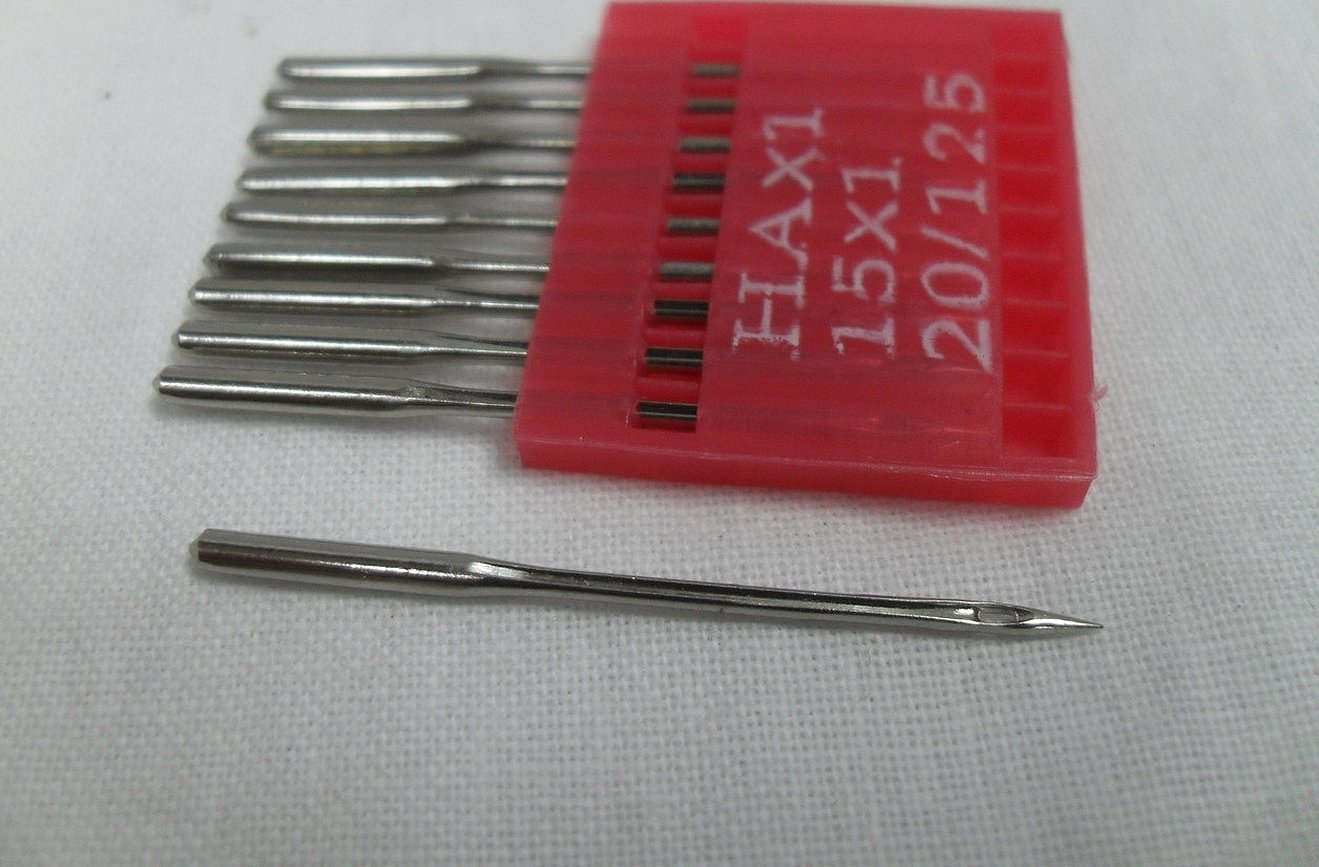
Special needles with appropriate markings will help to avoid such situations:
- "Jersy" - suitable for wool and cotton knitwear.
- "Stretch" - a tool designed for synthetic fabric.
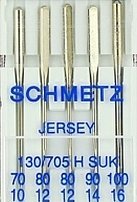
The above mentioned needles have a more rounded tip, which allows you to make a neat stitch without defects.
Needles for working with knitwear, as well as standard ones, differ in size. It is necessary to select the length and thickness of the tool depending on the density of the fabric. When choosing a needle, you should follow the information specified in the table.
| Density of the fabric | Needle number |
| Fine knitwear (smooth jersey, waffle). | 70/9 |
| Medium density fabric (fleece, ribana, velour). | 80/11 |
| Dense and voluminous fabric (interlock, pique, capitonné and others). | 80/11, 90/14 |
Please note! Before stitching knitted fabric pieces, it is recommended to first make a test stitch on a piece of fabric and adjust the thread tension.
How many needles are installed on knitting machines
The number of needles used determines the number of threads. Depending on the operation, a knitted seam can consist of 2 to 5 threads per stitch. Some models of overlock machines provide 8 and 12 threads per stitch, but, as a rule, they are used only for production purposes and are intended for one or two operations. For example, to sew a wide elastic band on the waistband of sports pants.
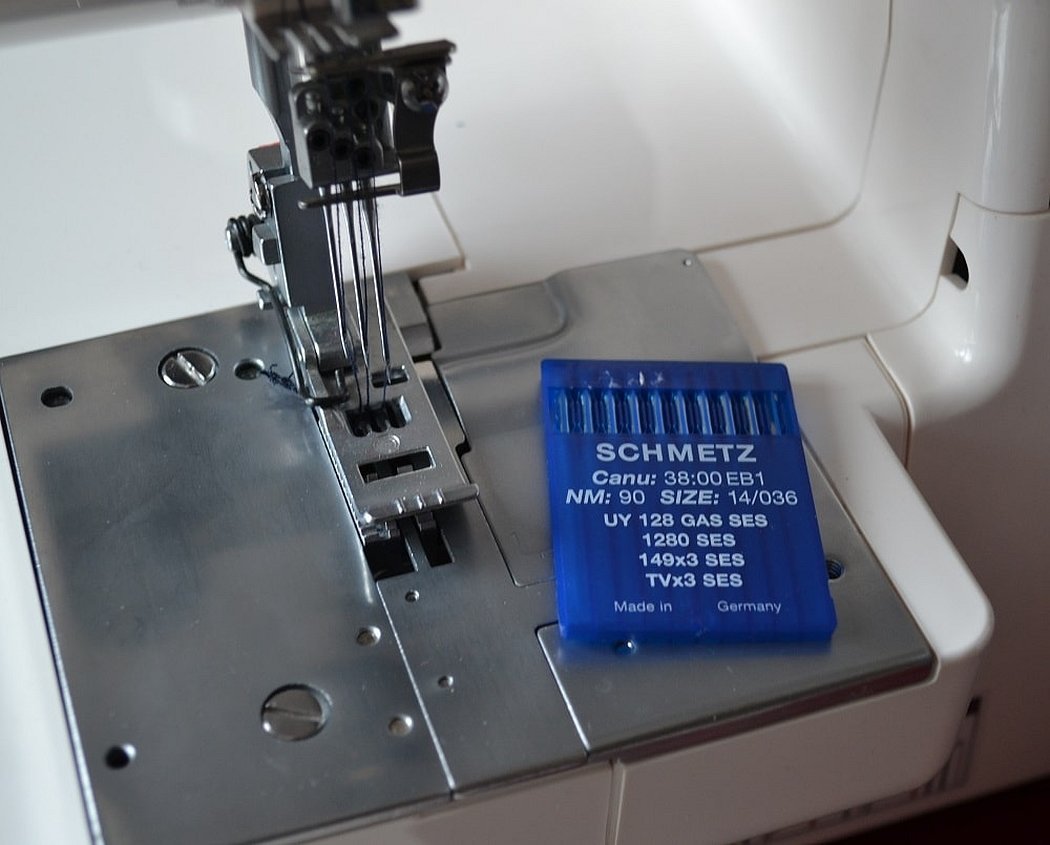
Thus, for medium-density knitwear, a double stitch consisting of two parallel zigzags or parallel straight lines is suitable. Experts believe that the optimal distance between the stitches is 6 mm.
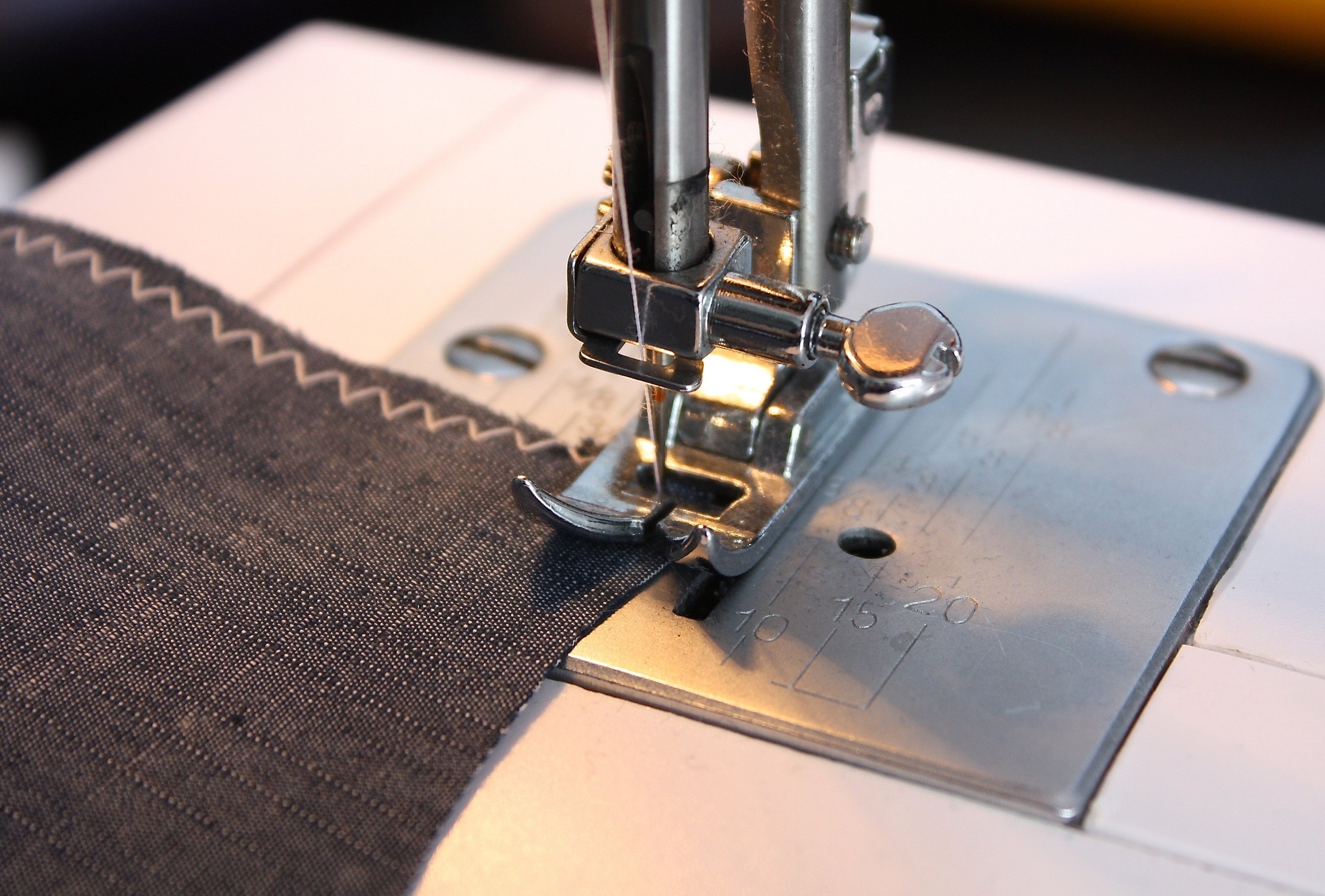
Important! If a knitted seam consists of two parallel zigzags, their length and width should be different. For example, the first line can be narrow, with a stitch length of 2.5 mm, and the second one can be wider, with a stitch length of 3 mm.
When working with highly elastic knitted fabric, it is recommended to use a three-thread overlock stitch. The stitch length should be 2.5 mm, and the width from 5 to 7 mm, which will prevent damage to the fabric. To process highly elastic knitted fabrics, it is necessary to use a three-thread overlock stitch with a stitch length of 2.5 mm and a width of 5 to 7 mm.
The peculiarity of such a seam is good elasticity. For very dense knitwear, experts advise using one or two zigzag stitches. The point is that such a seam does not deform the fabric. It should be laid at a distance of 1.5 - 2 cm from the edge.
How to sew knitwear on a regular sewing machine: correct thread tension
To get the perfect stitch, it is important to get the tension of the lower thread in balance with the upper thread. As a rule, the regulators that change the tension of the upper thread are located on the shoulder of the machine head or on the front panel and are numbered.
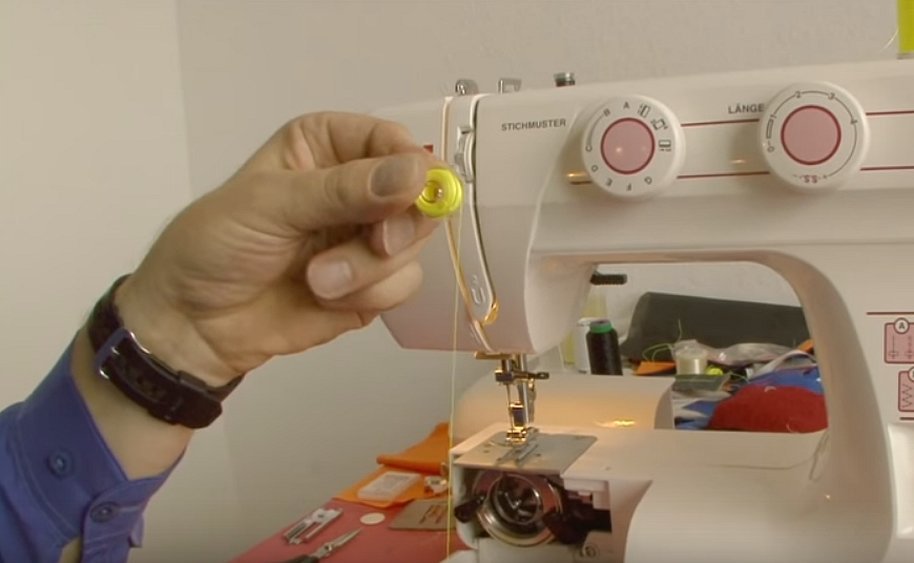
To determine the tension level, you need to take out and hang the shuttle, holding the edge of the thread that comes out of the bobbin. The tension is considered correct if the shuttle goes down no more than 4 cm, and the rotation of the bobbin stops. Strong thread tension is considered when the shuttle, being in the same position, does not go down at all. To correct the tension of the lower thread, you should turn the screw on the surface of the bobbin case.
Important! Adjusting the lower thread should only be done after the upper thread has been adjusted. In most cases, the cause of uneven stitching is the upper knot.

It is also worth noting that even a slight turn in one direction or another can significantly change the tension of the lower thread. For example, to loosen the thread, you need to turn the screw to the left, to increase the tension - to the right.
What is the difference between a knitted overlock?
Sewing machines designed for knitted fabrics differ from others in the way the stitch is formed. The stitch for sewing knitted fabrics is formed using a looper and is called a chain stitch. The next photo shows a knitted overlock "Merrylock 009" on the left, and a flat-stitch machine "Janome" on the right.
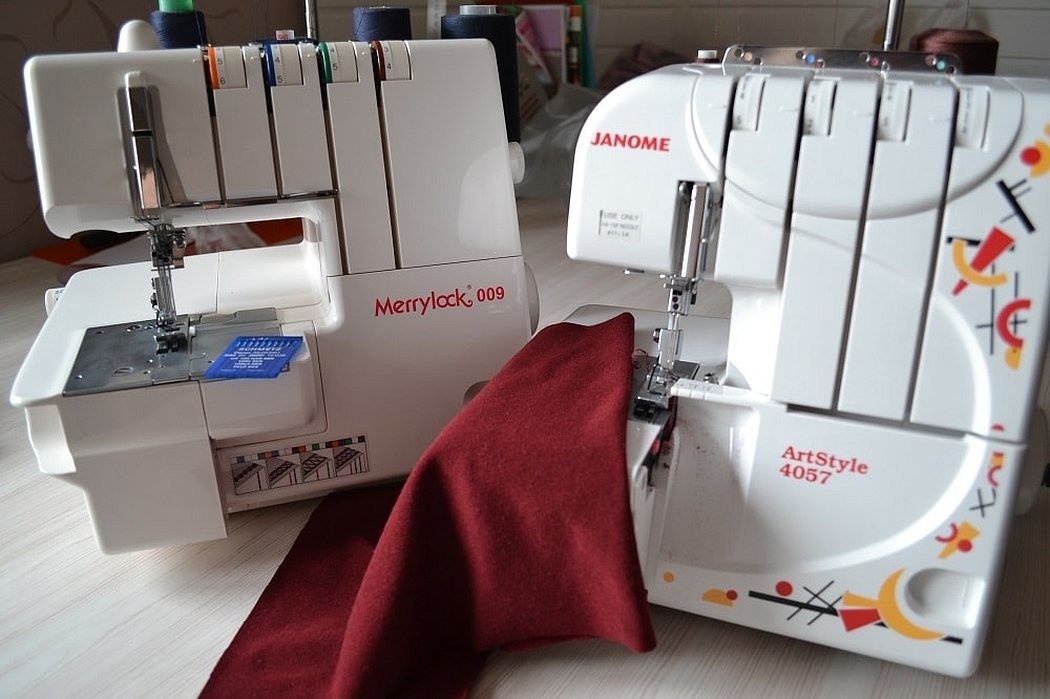
So, the sewing machine is threaded with two threads, one of which is directed to the bobbin. The stitch is formed by intertwining the threads with each other. If you need to overcast the edge of a knitted product, then this can be done using a zigzag stitch and a special foot on a regular machine.
However, such a seam may not withstand much stretching, since both threads are strongly pulled together in the stitch. With an overlock, this is practically impossible, since the overlock stitch is quite elastic, stretchable and strong.
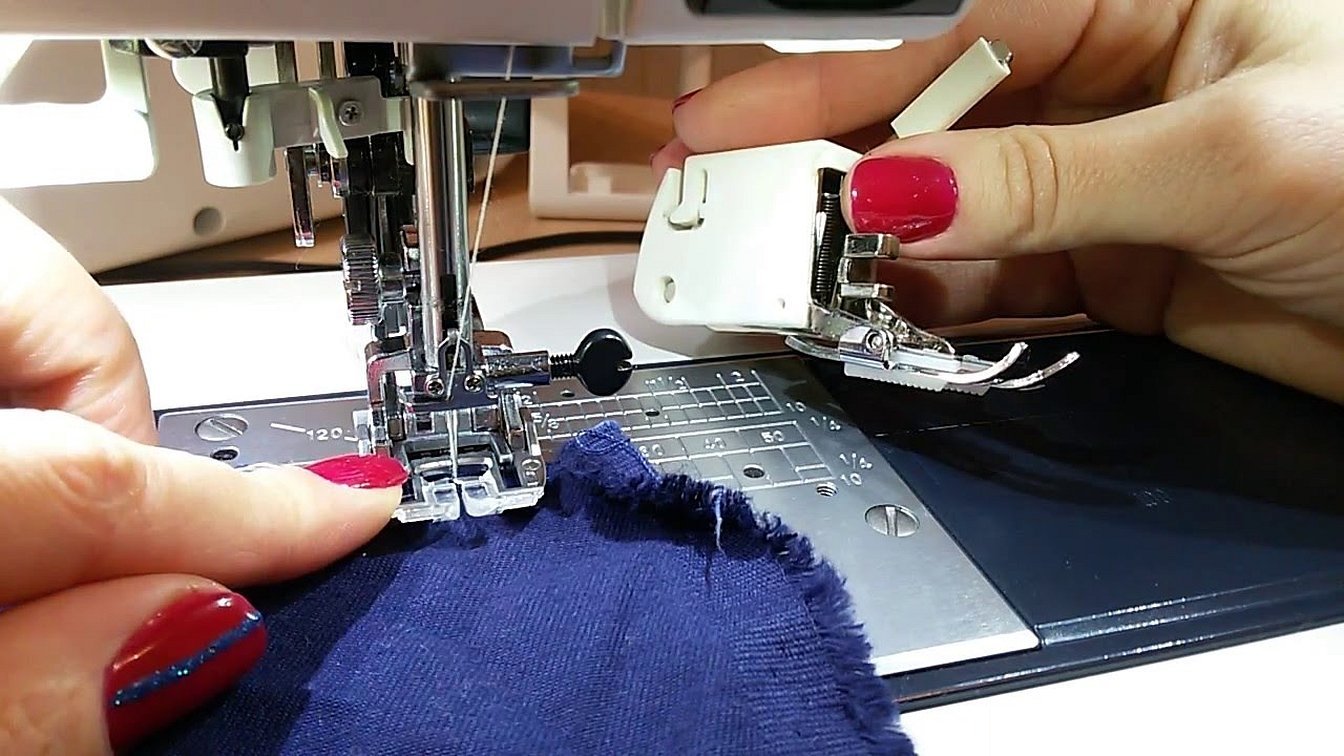
In addition, the main differences of a knitted overlock include the presence of a differential conveyor. What is it? Example: when working on a simple sewing machine, you may encounter the fact that a highly stretchable knitted fabric stretches and forms "waves".
Please note! Differential fabric feed allows you to choose the degree of stretching or gathering of the fabric yourself. Modern sewing machine models have special switches with which the fabric under the foot can be gathered or stretched.
Threads for creating high-quality knitted stitches
Regardless of what special equipment is used when sewing knitted fabric, special attention should be paid to the threads. That is, whether it is an overlock or a regular sewing machine, it should be understood that the quality of the stitch directly depends on the thickness and strength of the threads or yarn, their elasticity and uniformity.
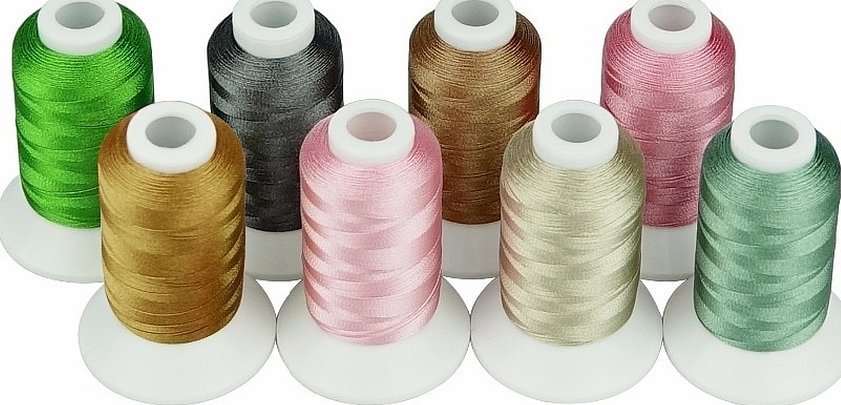
It is advisable to choose elastic and smooth threads for knitwear. Long-fiber polyester, textured nylon threads and fibrous nylon threads are well suited for such purposes. Stretch threads are also well suited for sewing knitted fabric. Today, special sewing departments have a huge selection of appropriate knitwear material that is suitable for conventional sewing machines.
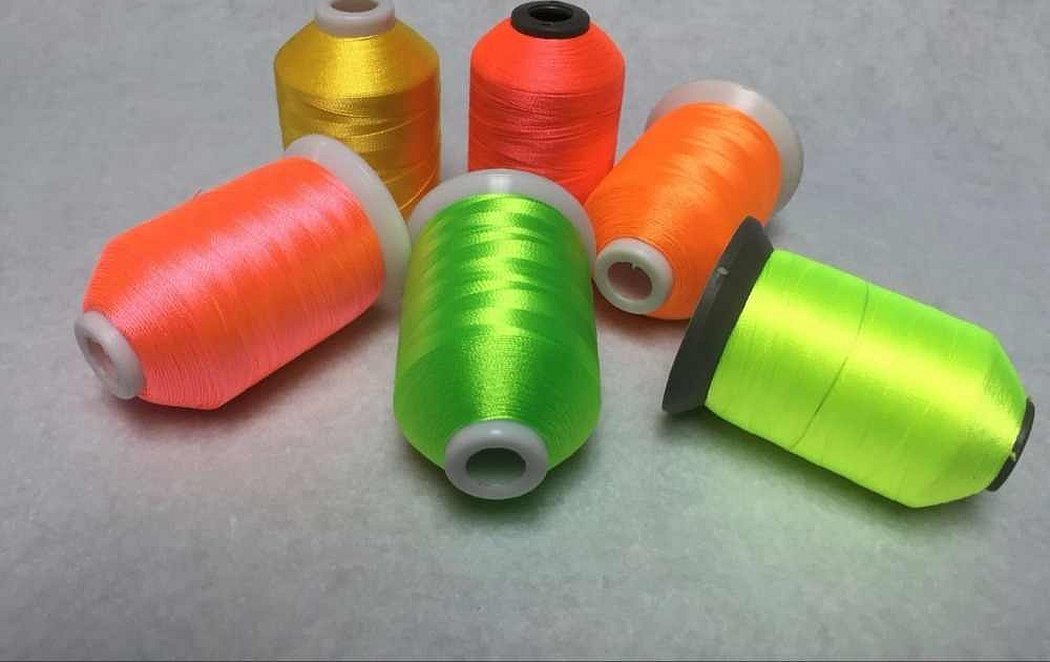
Experts do not recommend threading the sewing machine with thick and strong threads
How to sew knitwear with a double needle
This tool consists of two ordinary simple needles secured with a special holder.
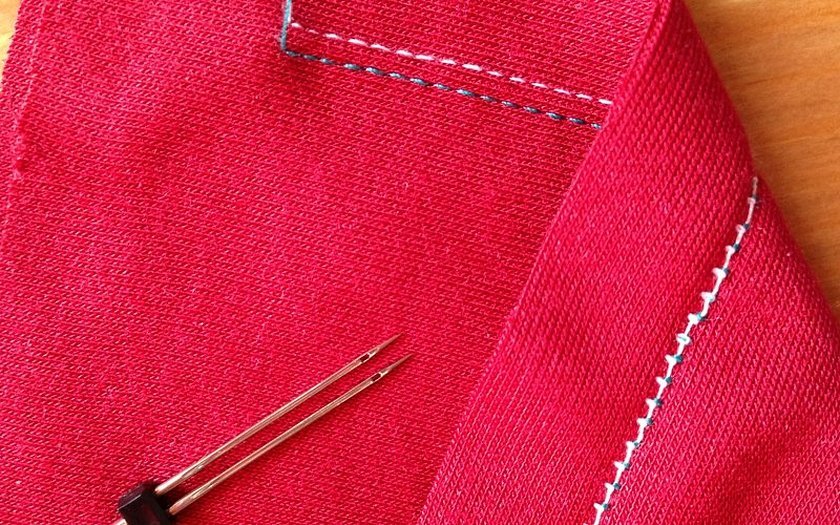
There are several types of needles, and they differ from each other:
- The size of the ears.
- By the thickness of the needle rods and the distance between them.
- Base color.
- The shape of the tips of the needles.

The following options are considered to be some of the most universal needle sizes, where the numbers indicate the distance between the needles.
- 1.6 mm;
- 2 mm;
- 2.5 mm;
- 3 mm;
- 4 mm;
- 6 mm;
- 8 mm.
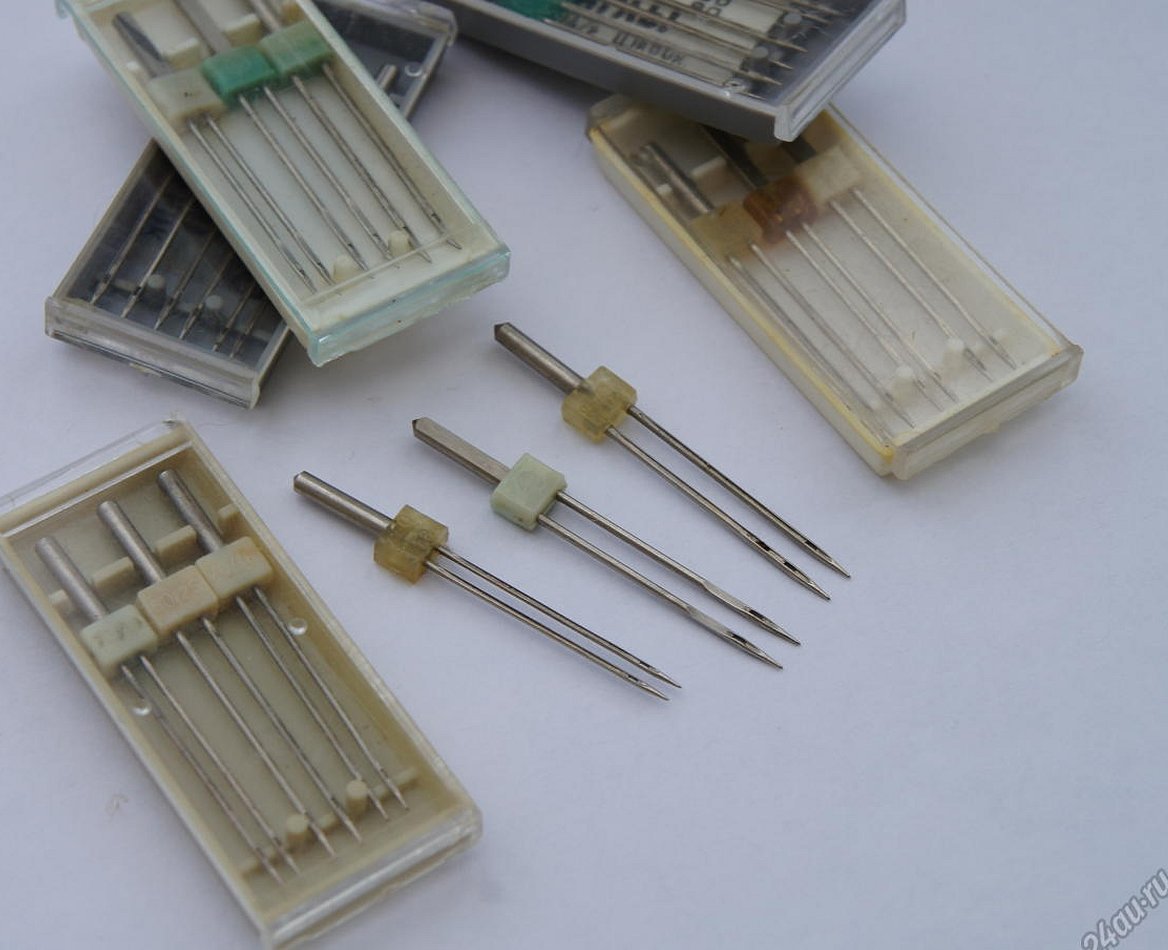
Like a single needle, the size of a twin needle depends on the thickness of the shaft.
- Number 75 is suitable for elastic fabrics.
- Metallic threads are suitable for working with a double needle number 80.
- 80 and 90 are universal options for sewing.
- 100 is suitable for thick fabrics.
Read on to learn how to sew knitwear with a double needle on a simple machine. So, to work correctly with a double needle, you need to follow a number of fairly simple rules:
- Choose the right needles, threads and fabric. It is important that all three components match each other.
- Adjust the thread tension based on the properties of the fabric.
- Check that the threads are threaded correctly.
Important! If you have missed stitches while sewing with a twin needle, the first thing you need to do is check and adjust the thread tension.
How to get a knitted seam on a sewing machine
Today, you can find quite a lot of secrets and tips on the Internet about how to sew any product from knitwear on the most ordinary machine. Let's highlight the most basic ones:
- It is worth choosing a needle with a rounded tip so that during the process it does not pierce the fabric, but pushes it apart. This is especially important for thin knitted fabrics. As for very dense fabrics, the risk of tearing the fabric is reduced to a minimum.
- A sheet of paper can be placed on or under the canvas. The stitch is laid on the paper and then torn off.
- To obtain a high-quality knitted seam on a sewing machine, you should use special polyester threads. Today, they are quite common and are available for sale in many specialized stores.
- The conveyor helps move the top layer of the fabric. As a rule, such a tool is built into many modern sewing machines.
- It never hurts to practice and test your stitch on a small piece of fabric to check your thread tension and stitch quality.
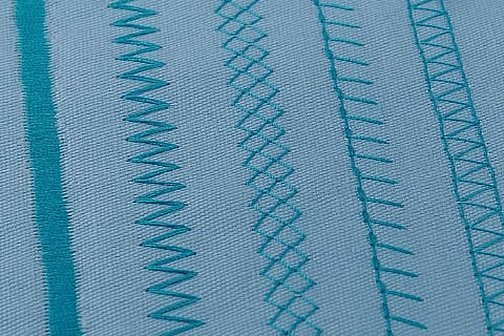
Construction of a pattern for knitwear
We discussed how to stitch knitwear on a regular machine.
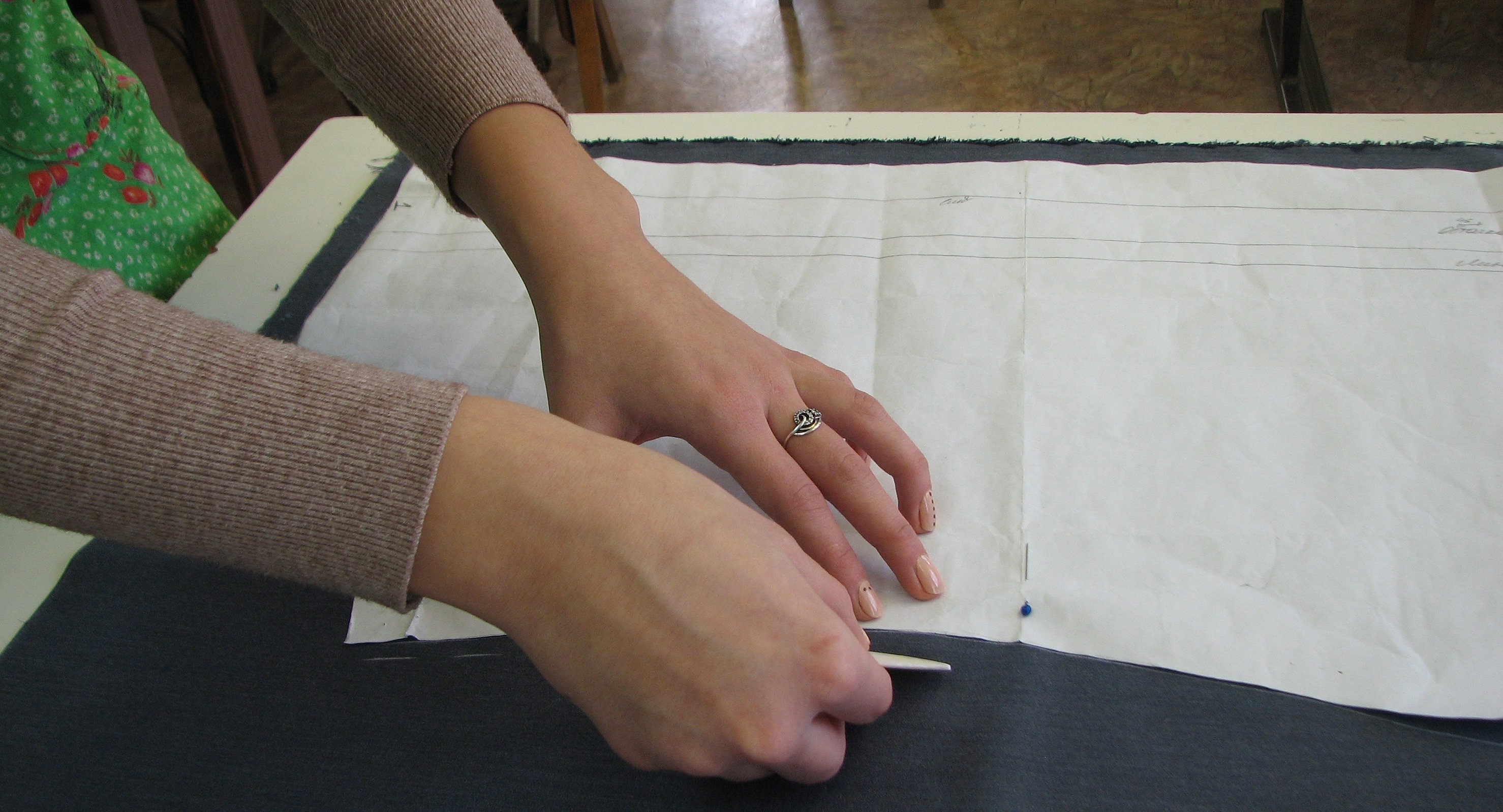
Now let's move on to an equally important stage - constructing a pattern. When cutting, you should adhere to the basic rules:
- To do this, first of all, you need to prepare the fabric. It is worth noting that cotton fabric shrinks a lot, so before cutting it should be washed and dried, repeat the procedure at least twice. If the edges of the fabric curl a lot, you can iron the fabric before cutting.
- The pattern should be pinned to a very elastic fabric, only then traced with chalk and cut out. But if the fabric is delicate, then piercing with sharp objects will not work, as the fabric can be damaged. In this case, masking tape will serve as an alternative. The pattern is placed on the fabric, fixed with tape and cut out.
- It is not recommended to cut elastic fabric in two layers, as the pieces may shift.
How to sew knitwear so it doesn't stretch
Most experts recommend using an overlock or modern sewing machines with a differential feed when working with knitwear. For example, this function can be found in some models of the following brands: Brother, Comfort, Family, Janome, Sew easy.
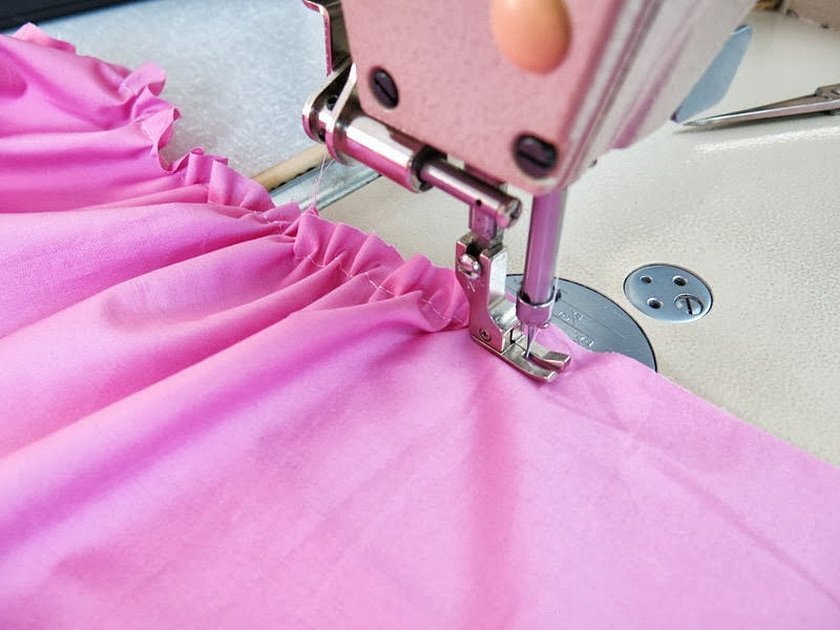
If this is not available, experienced craftswomen offer simple tricks:
- Before sewing, the edges of the fabric can be greased with paste. It is not difficult to make: it is made from starch or flour. The sticky mixture is applied to the edges of the fabric with a brush and left to dry completely. When the edges harden, it is stitched, then washed to remove the remaining paste.
- A sheet of paper can be placed on or under the canvas. The stitch is laid on the paper and then torn off.
- If the knitted product has stretched after stitching, you can try ironing it. In some cases, this will help the product take the desired shape.
Features of sewing knitwear on a Janome machine
Modern machines of this brand have the necessary elements for sewing from knitted fabrics. For example, the main parameters for working with knitted fabric are the following:
- Stitch selection: D (zigzag).
- Presser foot - for zigzag.
- Stitch length: 0.5-1.5 mm.
- Thread tension: 1-4 mm.
- Stitch width - 5mm.
Please note! The F stitch is great for very stretchy fabrics like sportswear or swimwear. To do this, stitch the fabric with a 1.6mm stitch and then cut off the excess fabric.

Why might the machine not sew and what to do?
Sometimes a simple household machine may "refuse" to sew knitwear. The main reason lies in the special structure of knitwear. The fact is that this material is very elastic, it stretches well due to the peculiarities of the weave of the threads. Due to this, gaps and uneven stitching may occur during the sewing process. The main reason is incorrect thread tension. In such cases, it is recommended to rethread the sewing machine, check the tension and repeat the process.
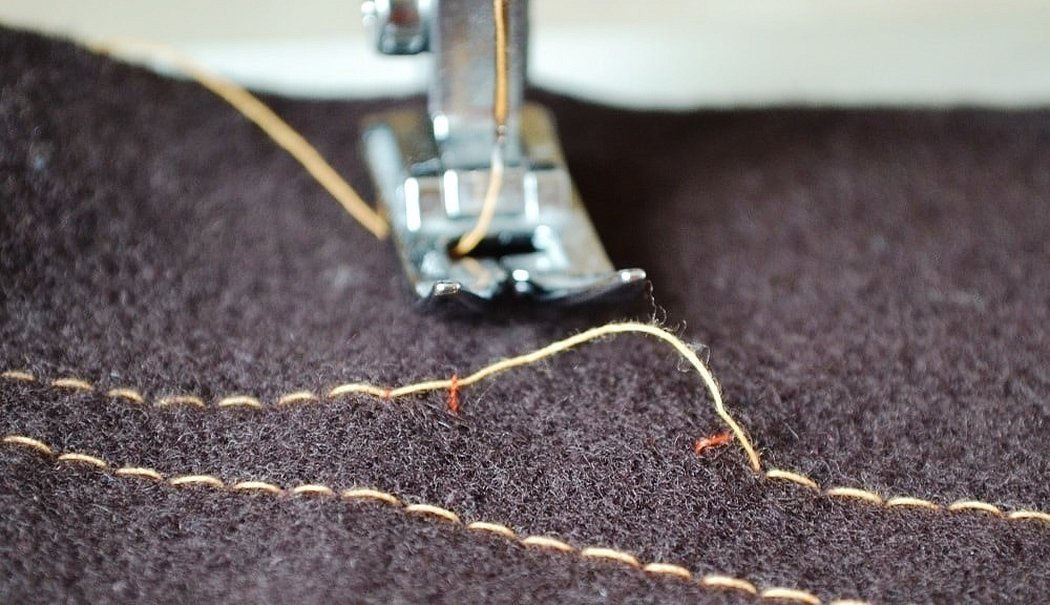
From the above it follows that sewing knitwear on a regular machine is quite possible. You should only use special needles and threads that will help ensure a high-quality stitch.




